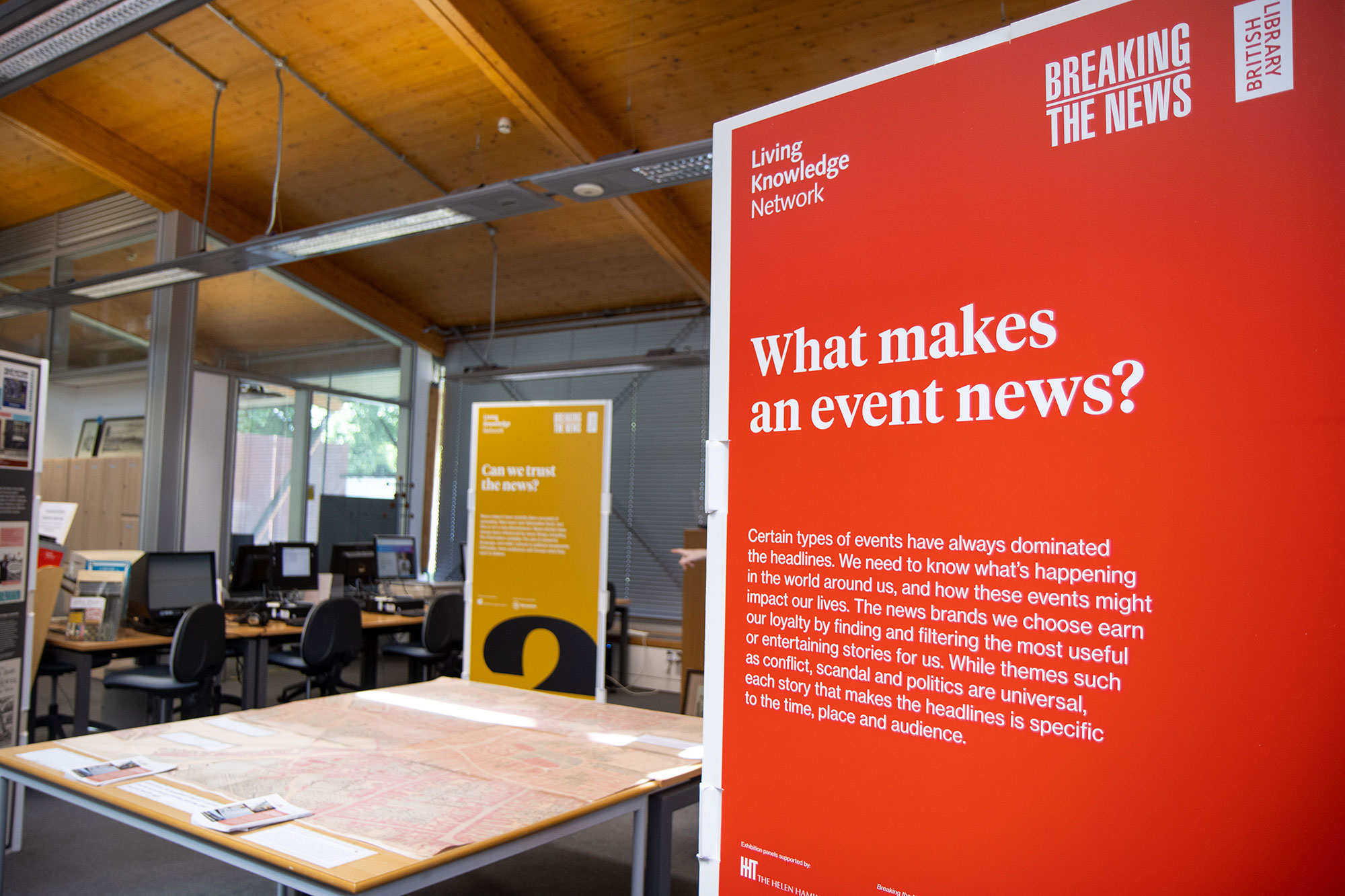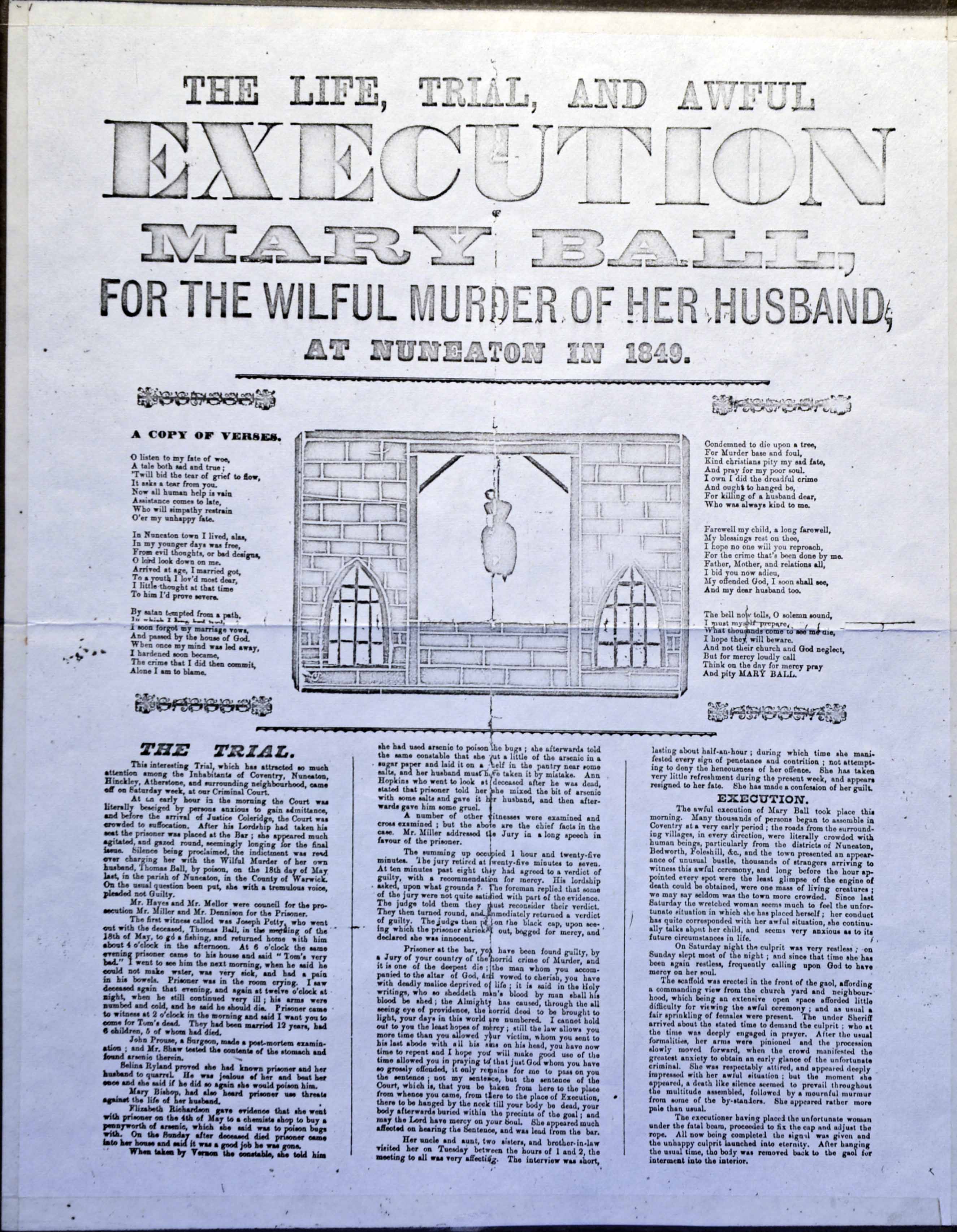Breaking the News: Unmissable Stories
11 July 2022
Find out more about the amazing news stories you won't want to miss in our Breaking the News exhibition

We recently opened our Breaking the News display, housed in Coventry Archives, in partnership with a major exhibition at the British Library. As well as showing you top news stories from all over the world, this free display includes material from our own local collection. News isn’t all weather forecasts and football scores – it often involves scandal, humour and intrigue! Here are some highlights to look out for...
The Battle of Flodden, 1513
This was one of the bloodiest battles in history, taking place in Cumbria between England and Scotland. During the conflict, King James IV of Scotland was killed, meaning a savage victory for England. Richard Faques printed a pamphlet to spread the word of how the ‘Scottishe Kinge was Slayne’, making this the earliest surviving piece of news.
Brexit as Civil War

The 2016 referendum stirred up plenty of rumours and gossip. This display shows internet “memes” from both sides of the debate, with shows like The Simpsons and Scooby Doo being used as templates. A connection is made with another time that England battled for independence – the Civil War. Many of the illustrations featured in this section are just as outrageous as the memes. In a pamphlet titled ‘The English Devil, or, Cromwell and his Monstrous Witch’, a huge Cromwell figure is shown surrounded by demon-like followers, resembling a medieval “doom” painting. An example of a doom painting in Coventry can be seen in Holy Trinity Church.
The Last Woman Hanged in Coventry, 1849
This part of the display is taken from the Coventry Archives newspaper collection and marks the execution of Mary Ball for poisoning her husband, Thomas Ball. One article describes Mary as a ‘wretched woman’ who ‘appeared indifferent’ to her crime, but her own testimony suggests something different. When asked why she did it, she replied that ‘my husband used me so ill; no one knows what I have suffered’. Sometimes, archival details can unsettle our conceptions of heroes and villains.
First editions of major Coventry newspapers
Before the rise of social media, newspapers were a vital source of information. The first real “penny paper” was the Coventry Times in 1855, which later changed its name to the Midland Daily Telegraph, and then the Coventry Evening Telegraph. In the display, you can track newspapers gaining more adverts and illustrations, as their popular appeal increased.
All of these news stories and many more are available to view in our Breaking the News exhibition, which is free to drop into from 10.30am-3.30pm, Wednesday - Friday and alternate Saturdays. Plus, your investigations need not stop there: in the Coventry Archives, you can also explore our archives at your leisure to access more news articles and local studies documents, including the digital British Newspaper Archive.